Ringo’s new Beatles book is magical history tour of his Ludwig drums and iconic attire
- Oops!Something went wrong.Please try again later.
Sixty years ago this month, a boy named Gary Astridge knew nothing about The Beatles.
The 7-year-old was celebrating his grandmom’s birthday with his family in Buffalo, New York, when someone realized it was almost 8 o’clock. They dutifully crammed into the family room, turned on the TV to CBS and waited for “The Ed Sullivan Show” to begin. The Beatles had arrived.
Some 73 million of their fellow citizens joined them that night watching The Beatles’ debut in America on Feb. 9, 1964.
Astridge slowly got into the music as the camera zoomed in on the drummer. There was Ringo Starr, wailing away on his Ludwig Downbeat oyster black pearl drum kit. “It changed me,” Astridge recalled. “He was my guy. That moment in time made me a Beatles fan and I wanted to be a drummer.”
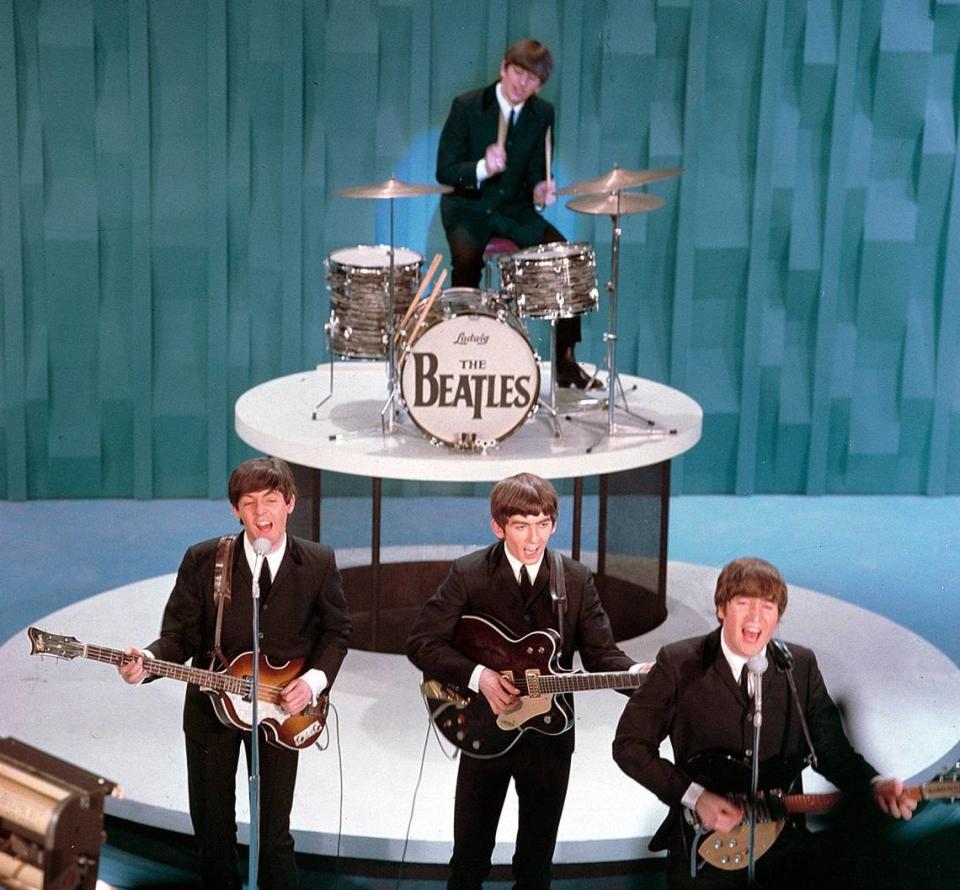
What Astridge became was an historian on all things related to Starr’s Beatles drum kits, launching a website devoted to them and collaborating with Starr on various drum projects.
Their latest effort is a new, 312-page limited-edition book called “Beats & Threads.” It combines essays and close-up photos of the five main drum kits Starr used during his Beatles career for his beats.
As for his threads? Well, they’ve been going in and out of style, but they’re guaranteed to raise a smile. And while his clothes bore many different labels, the only name on Starr’s drums — then and now — is Ludwig.
The venerable company was founded in Chicago in 1909. Forty years ago in 1984, Ludwig relocated to Monroe, where just east of Charlotte it continues to manufacture its iconic drums for Starr, other pro drummers and drum enthusiasts around the world.
Drums for Ringo Starr are only made in this small NC town. See how they do it.
While Starr was unavailable for comment, The Charlotte Observer recently spoke with Astridge about the book, his decades of research and Starr’s time-tested affinity for Ludwig Drums.
Astridge had long mulled a book project about the history of Starr’s drums, but didn’t want to appear like he was taking advantage of their friendship. Then Starr’s personal assistant came up with the idea to combine Starr’s drums and fashion sense into one book project. Comments have been lightly edited for brevity and clarity.
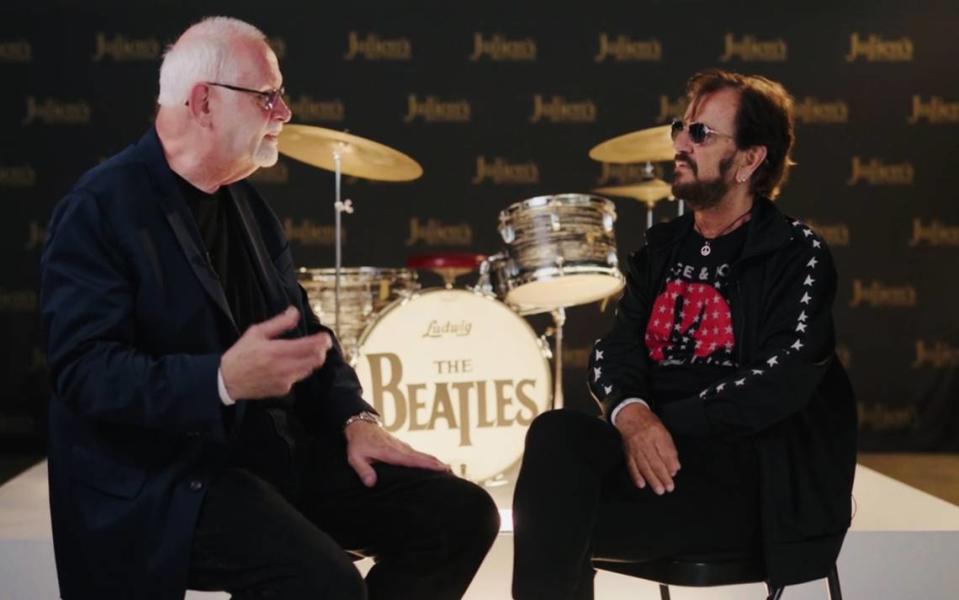
Q. Can you talk about the significance of the Ludwig drums to the overall Beatles sound?
Ringo has told me many times he just loves Ludwig drums. He loves the fact that they’re made in America. He loves the sound — and he’s still playing them. I think he has a 1940 Ludwig drum set in his home studio (in LA). He wanted one from the same year of his birth.
Q. How many of his drum kits from The Beatles era still survive?
He had five (main ones) that he actually played. One was auctioned off (in 2015, Indianapolis Colts owner Jim Irsay paid $2.2 million for Starr’s 1963 Ludwig oyster pearl drum kit) and he still has four.
Q. In the book, you noted there was some storage problem with the kits in England, in a building with faulty climate control.
Yes, it was an unfortunate situation and the maple kit (used from 1968-70) suffered a lot of damage from the weather. If the timing wasn’t what it was to retrieve and restore it, the kit would have been beyond repair. We’re talking about historical artifacts that were poorly kept. But everything’s in the States now, in a highly secure location and well protected.
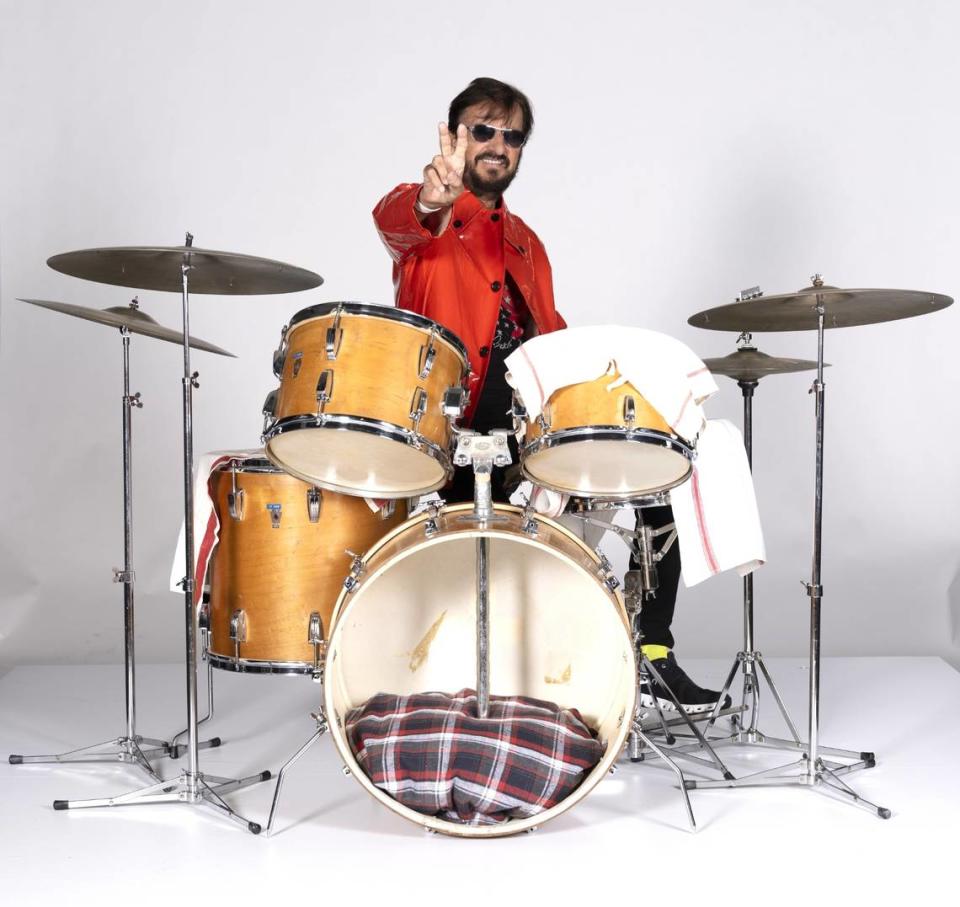
Q. Well, that’s good. When you said Ringo used the hi hat (a pair of foot-operated cymbals forming part of a drum kit) for a “wash sound” that was important for The Beatles’ early sound, what did you mean by that?
When closed, hi hats create a sound that is short and crisp. The way Ringo played his hi hat early on created something unique and distinctive. When he used them partially open, his hats were loud and bright. They cut through the music. Great examples are: “All My Loving,” “She Loves You,” “Tell Me Why” and “A Hard Day’s Night.”
He’s a minimalist. That’s his comfort zone. He says, “This is all I need: a snare, floor tom, bass drum, cymbals, hi hats.” And when you listen to The Beatles’ catalog, he was able to get a number of different sounds from the sets he had.
Q. Do you have a favorite among his drum kits?
No, they all have important benchmarks, whether it’s the kit that Ringo played at Shea Stadium or the drum kit that Ringo did the “Let It Be” and “Abbey Road” albums on. They’re all so over-the-top and monumental. Like, how do you pick?
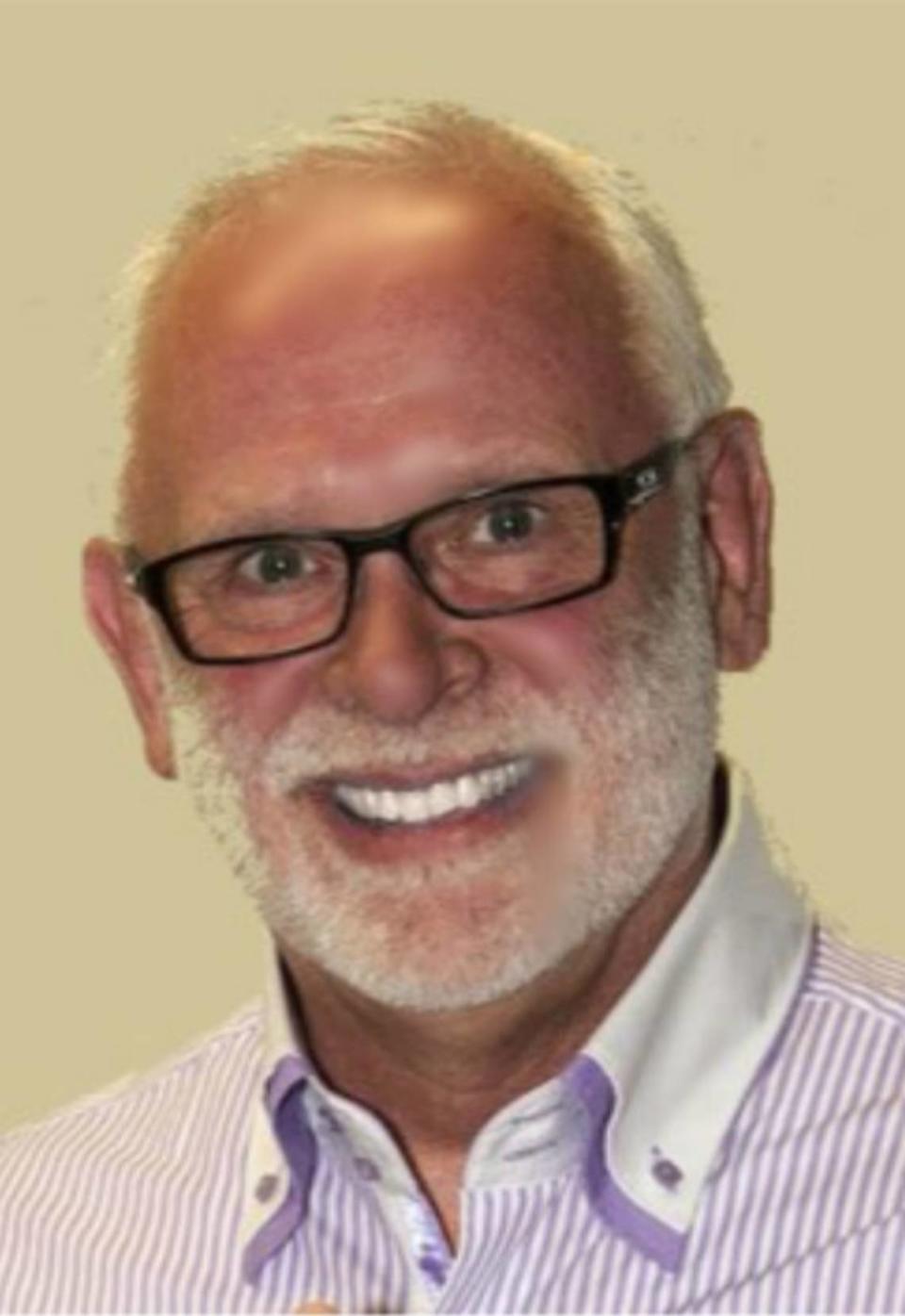
Q. So how did you all narrow down the fashion to include in the book?
Ringo has a massive collection of his original clothes, and everything was archived. It reached the point of, how much do we want to put in here? But they all had a story to tell. Then (he took) the Sgt. Pepper jacket out, and put it on, and it still fit him. It was amazing.
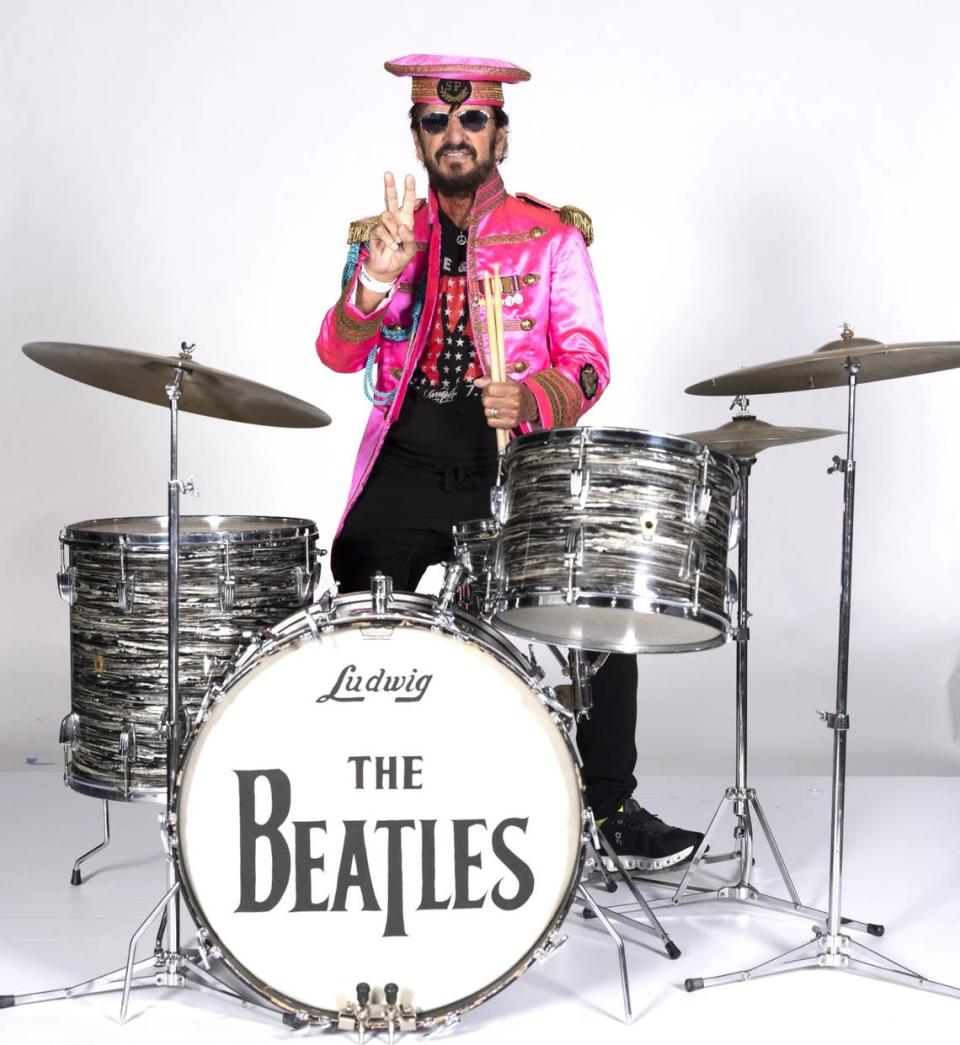
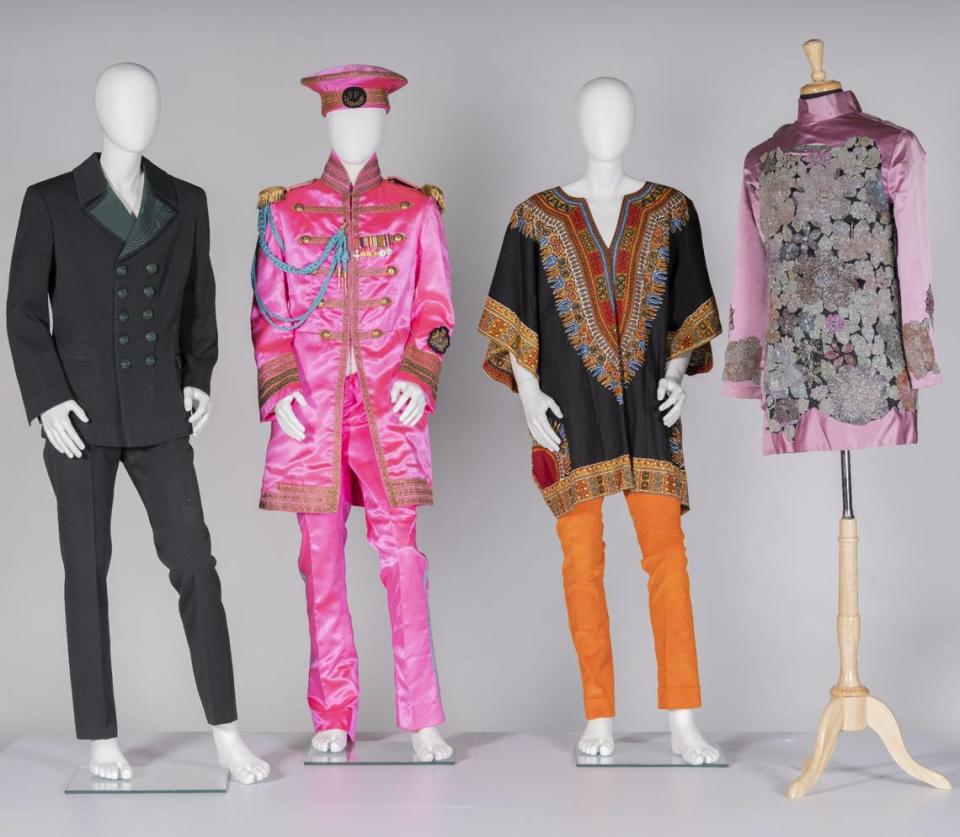
Q. I loved some of those pictures where you see Ringo wearing his vintage clothes with those old drum kits.
He was like a little kid, just putting it on and cracking jokes. One of the people in the video lighting crew, when they were finished shooting (the book-related video), said, “Oh, my God, I can’t believe I got to see Ringo playing drums.” I said, “You saw more than that. You saw him playing his Beatles kits, and probably for the last time.” And that went through my head that night. God am I blessed, you know, to experience that.
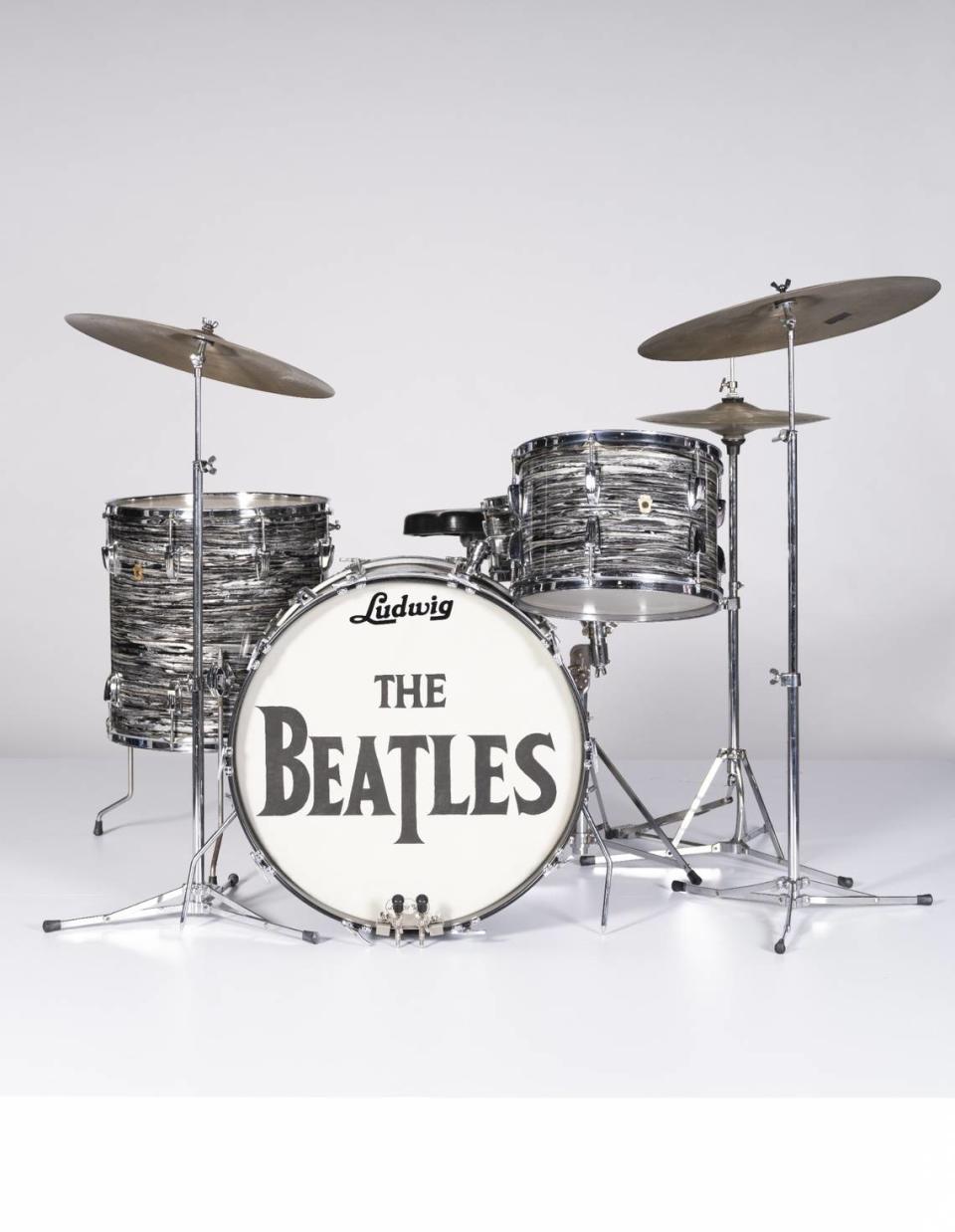
Q. What’s a drum question you had for Ringo that stood out?
One that comes to mind was about his Ludwig maple kit, the one you see him playing on the roof (i.e. the roof concert at their London headquarters in 1969, which became the “Let It Be” album and film, and was later seen in the recent Peter Jackson Beatles documentary, “The Beatles: Get Back.”) So he starts talking about how he puts a tea towel over a few of the drums and the kind of sound that he would get out of it.
You know what else was interesting? How none of the Beatles read music. It’s a funny little side note when you think about they put out so much material. Ringo just did it all by feel. So you hear even something simple, like his little drum fill in “With a Little Help from My Friends.” It’s like, boom, boom, boom, boom. Boom, boom, boom, boom, boom, boom. Even if you heard a few beats, you’ll just know that’s right. He gives the drums a musical hook, and it’s just so different. It’s not anything formally structured, it’s just what comes out of him. That’s what makes it amazing.
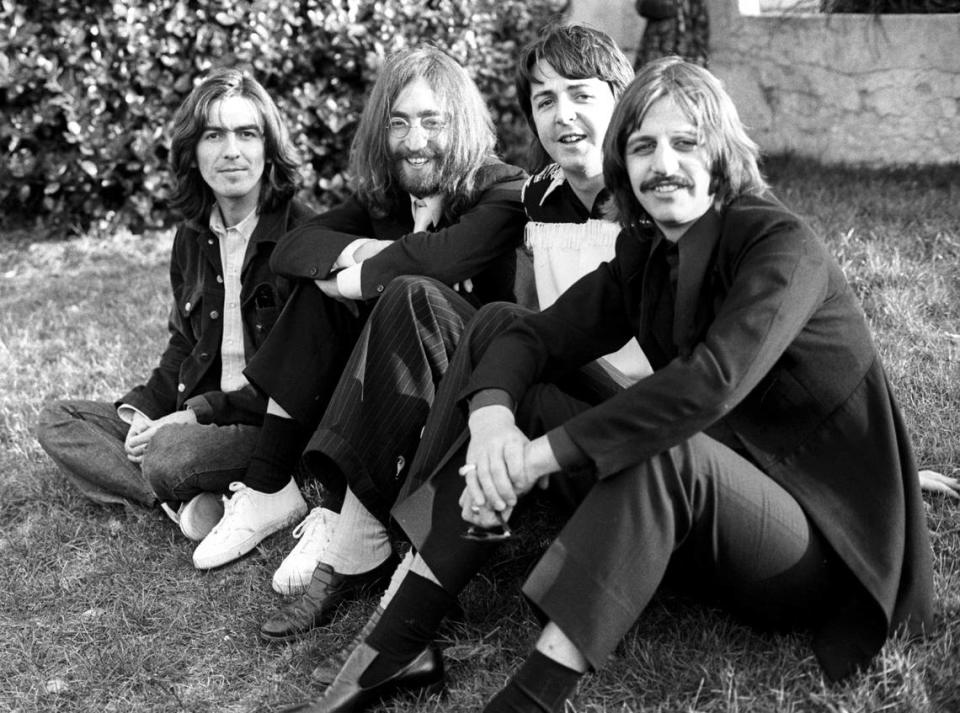
Q. What do you hope that people will take away from this book?
First of all, for the fans who like myself always wondered how many drums did he have, all that’s laid out in detail. The photos show so many different angles of the drums that people may have never seen. It’s also talking about some backstories that are (newly) documented (such as divergent tales of how The Beatles’ “Drop-T” logo on the drums came about.) So the book is presenting Ringo’s drum kits in a historical fashion; and getting people to see and understand who Ringo really is and what the drums were all about; and matching that up with his wardrobe.
Q. Anything else you want to add about working with Ringo?
People will ask me, “What’s Ringo like?” And being totally honest based on my experience with him, (the answer) is that he knows his place in history. He’s funny. He’s extremely intelligent. He’s very caring. I mean, the things that he’s done for me are a perfect example. This book. It’s like, who would ever get this opportunity? And it’s just because if he trusts you and if he loves you. Those are two key components.
Four fab details from ‘Beats & Threads’
▪ After The Beatles played an outdoor show in Lancashire, England, on Aug. 5, 1963, a local man swiped Starr’s drum key and later displayed it in a cabinet for years. After he died in 2015, a relative sent the key to Astridge, explained the story and asked that it be returned to Starr a half century after it was stolen.
▪ The cherry red vinyl raincoat that Starr wore for filming “Let It Be” on the Apple Studios rooftop Jan. 30, 1969, belonged to his then wife, Maureen. He’d borrowed it because of bad weather in London that day.
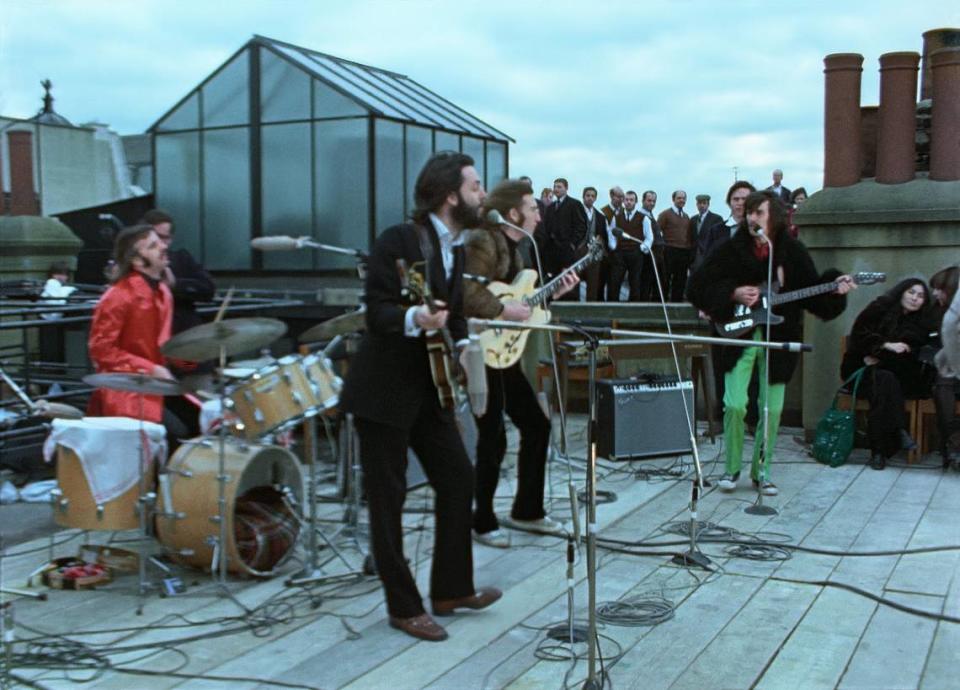
▪ On Sept. 5, 1964, The Beatles were playing a gig in Chicago, the then-hometown of Ludwig Drums. Before the show, Ludwig leaders presented Starr with a gold-plated Super Sensitive snare drum to show their appreciation. And why not? After the nation glimpsed the Ludwig name on Starr’s drums during “The Ed Sullivan Show,” production shot up from an eight-hour day five days a week to 24 hours a day six day a week.
▪ Perhaps Ringo’s most famous outfit was his psychedelic pink satin military tunic and flat-top hat for the Sgt. Pepper’s Lonely Hearts Club Band album cover. Starr thought the suit was lost to history. But one day, he and his wife, Barbara Bach, went to their bank and retrieved a case holding her wedding dress. When they opened the case on the pavement outside the bank, there was the Sgt. Pepper outfit laying next to the dress.
‘Beats & Threads’
Where to order: store.juliensauctions.com.
Prices: Hardback, $80; limited edition signed by Ringo Starr, $500; limited edition signed by Starr with video, $750.
Proceeds: Benefit The Lotus Foundation, a foundation that Ringo Starr and Barbara Bach launched to support charitable projects aimed at advancing social welfare in diverse areas.
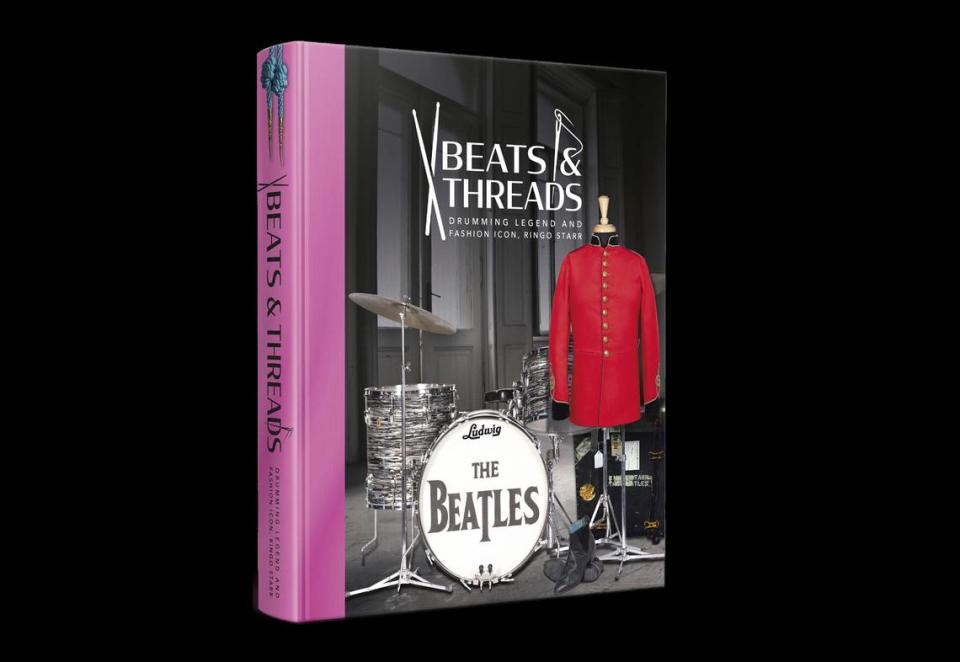
More arts coverage
Want to see more stories like this? Sign up here for our free “Inside Charlotte Arts” newsletter: charlotteobserver.com/newsletters. And you can join our Facebook group, “Inside Charlotte Arts,” by going here: facebook.com/groups/insidecharlottearts.

